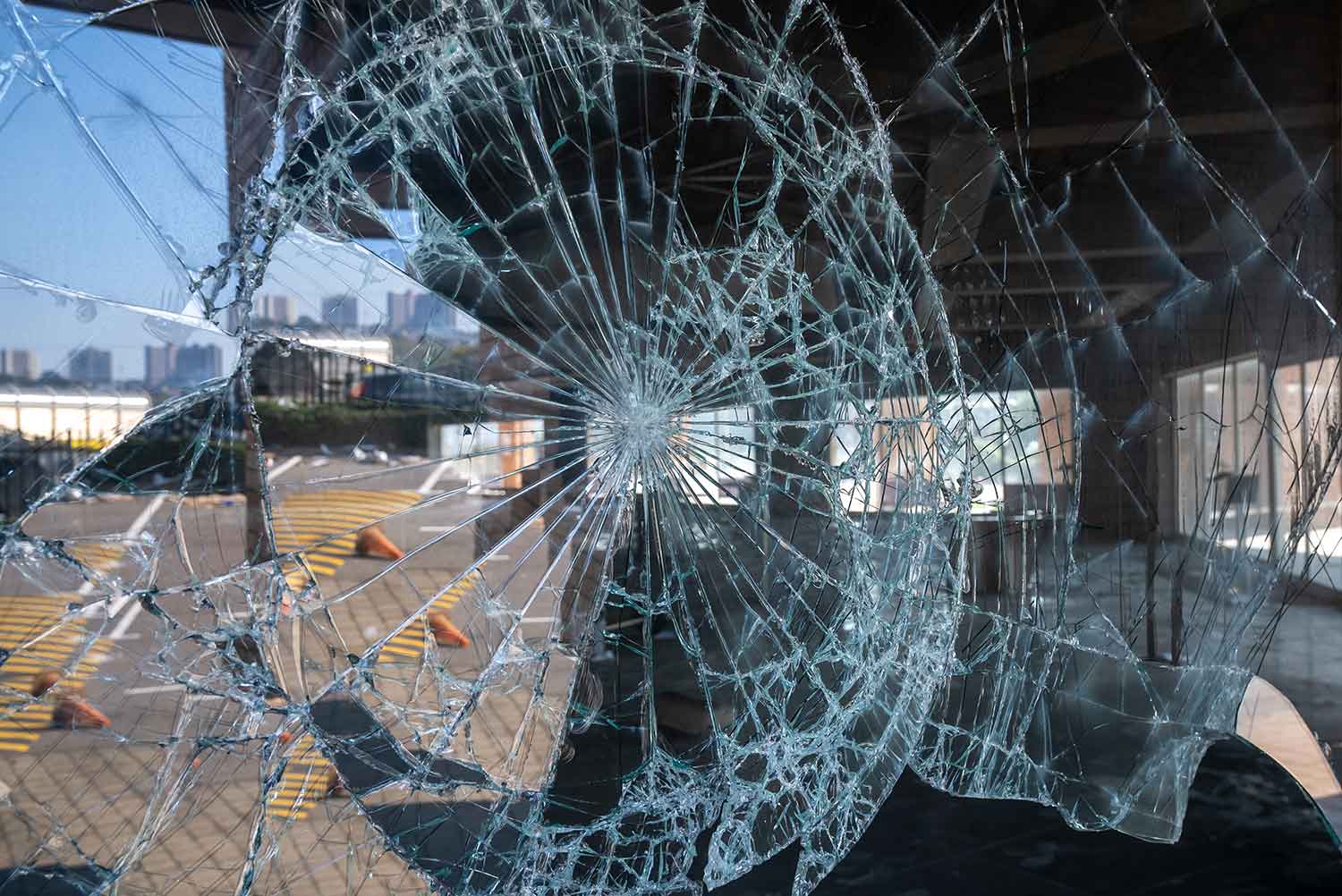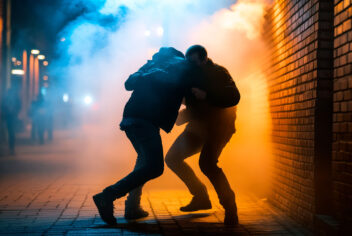Helping your community is the reason for everything your nonprofit does, so what do you do when someone from the community steals and damages your organization’s property?
To have someone deliberately damage or destroy your vehicles, equipment, and buildings — after all the effort and energy it took to raise enough funds and support to get them in the first place — is beyond demoralizing and heartbreaking.
You can’t control the actions of people bent on causing harm, but there are things you can do to help protect your property and make your nonprofit a less appealing target for opportunistic bad actors.
Let’s look at a scenario where a nonprofit’s property was intentionally damaged and burglarized by vandals, review the actions that followed, and explore some practices and procedures that may help your nonprofit avoid a similar situation.
The Nonprofit:
A nonprofit dog rescue operated a program where they would bring adoptable dogs to events at children’s hospitals, assisted living facilities, and senior centers — providing supervised time for the animals to socialize and for the children and seniors to enjoy the company of fuzzy companions.
To facilitate this mission, the nonprofit operated a 2,500-square-foot facility that included offices and animal boarding/training areas and owned four transport vans that were parked on-site when not in use.
The Incident:
One morning, when program staff arrived, they discovered that several office windows had been smashed, a rear door had been pried open, exterior and interior walls had been tagged with graffiti, two computers and a cash box containing approximately $400 were missing, garbage, paper, and other debris were strewn about, and fuel had been siphoned from all four vans.
Fortunately, however, none of the animals were harmed and the boarding/training areas were undamaged.
The Coverage:
When the nonprofit discovered the vandalism, the staff immediately checked on the animals, called the police, took pictures of all the damage to the buildings and vehicles, and then notified their insurance broker, who began the process of making a claim on the nonprofit’s Businessowners Property policy with Nonprofits Insurance Alliance (NIA).
The Result:
Without any security footage of the incident taking place, no suspects were ever named in this case.
NIA’s claims examiners reviewed the police report, the photos of the damage, and other details pertaining to the claim. They then reviewed the estimates the nonprofit had received to repair the damage. Once a contractor was chosen, NIA was able to provide the costs of the cleanup, repairs, and to replace the lost equipment.
What Did the Nonprofit Do Right?
In this scenario, the nonprofit did several things correctly when alerted to the incident, including:
- Checking on the animals’ welfare before anything else
- Notifying police and getting a police report
- Getting photos of the damage to the buildings and vehicles
- Quickly notifying the broker to begin the claims process
The quick activation of the claims process, coupled with the photos that the nonprofit provided to NIA, enabled their claim to be settled quickly — which helped get the repairs started as quickly as possible, minimizing the impact to the organization’s operations.
How Can Your Nonprofit Protect Itself?
Often, vandalism, burglary, and other malicious mischief are opportunistic crimes: A would-be thief or vandal sees an “easy” target — like a poorly lit entrance, cash/valuables left in plain sight, or unsecured vehicles — and decides it’s just too tempting to pass up.
Protecting your property, then, can be as simple as removing those temptations and opportunities.
Some steps you might consider include:
- Requiring all cash, valuables, and sensitive information be secured out of sight
- Installing security cameras around entrances, sensitive areas, and parking lots
- Contracting with a security company or installing an alarm system
- Ensuring that all entrances and parking areas are consistently well-lit
- Checking that all alarms are armed and all doors, windows, gates, and vehicles are locked during closing procedures
- Removing or securing any loose rocks, bricks, or debris that could be used to smash a window from around the property
- If possible, parking your vehicles inside a garage or in a locked, gated area
Thieves, vandals, and other would-be criminals are looking for a quick and easy payoff, so when you make accessing and harming your property a risky, time-consuming hassle — for little obvious reward — chances are good they’ll pass right by your nonprofit without a second thought.
Hope for the Best, Plan for the Worst
All those deterrents above are helpful, but nothing is a 100% guarantee. If someone is really determined to break in or cause damage, short of hiring 24-hour security guards, the risk remains.
In those cases, it’s important that you have response plans and procedures in place to help you gather all relevant information quickly. As soon as theft or damage is noticed, your team should be trained to:
- Make sure that it is safe to enter the building
- Contact police and/or file a police report
- Notify all supervisors/board members and alert the insurance broker
- Avoid moving, cleaning, touching, interacting with the scene until police have taken their report
- Take inventory and note any missing items
- Take photos of any and all damage
- After photos and police investigation is completed, secure the location and clean up any debris to prevent further damage or losses
- Download, review, and share any security footage
- Provide all relevant photos and footage to police and the insurance provider
Taking these steps can give police a better chance of identifying and catching the culprit, and they can help your insurance provider get all the information needed to process a claim quickly.
NIA Resource: NIA members get free access to PurchasingPoint®, a discount purchasing program that can help you save money on items and services that can help protect your property — such as security, cameras, lighting, and more.
Conclusion
Ideally, you’d hope that the value your mission provides to the community and the goodwill it generates would act as a deterrent to thieves and vandals — but unfortunately, the world doesn’t always work that way.
Criminals aren’t generally looking to work hard, so protecting your nonprofit from vandalism, burglary, and other malicious mischief is really a matter of making your property a high-effort, high-risk, and low-reward target.
If there’s nothing visible that’s worth stealing, if they’re likely to get spotted, identified, or caught, or if gaining access means expending a lot of time and effort — likely as not, a would-be criminal will decide that messing with your nonprofit is not worth the hassle.
From the Claims Files stories like the one above are intended to be informational in nature. Coverage will vary depending on language specific to your policy and your specific facts and circumstances.
Please contact your insurance broker and/or agent for your specific coverage implications based on your specific situation and follow any claims reporting procedures from your policy with your broker if there might be a claim.
Nothing in this story should be considered as legal advice or opinion and you should seek independent advice or legal counsel.





